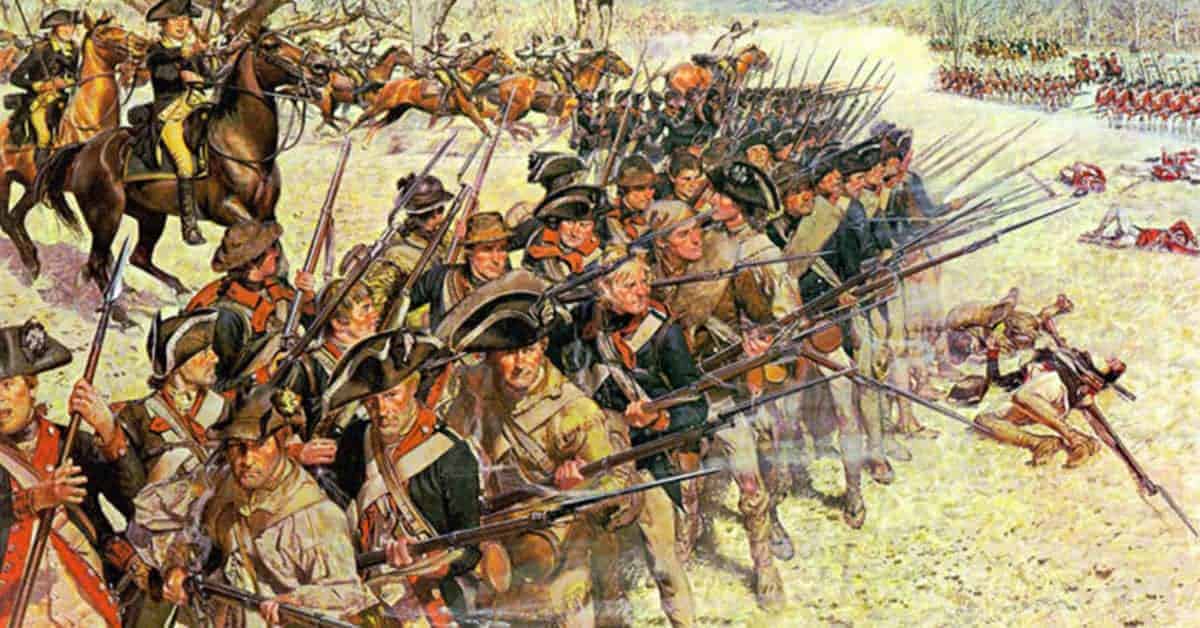Washington, Gates, and even Francis Marion (the swamp fox) are well-known leaders on the battlefields of the American War of Independence, but there were plenty of heroes whose tales are not told in history class and others whose heroic deeds were overshadowed by other events. Here we will look at some of the lesser-known heroes of the war, though those who have studied the war will likely know many of these names and their deeds.

Samuel Whittemore
One of the first heroes of the war, Samuel Whittemore was also the oldest. An astounding 78 at the start of the Revolutionary War, Whittemore had a long military career before the war broke out. He fought in the French and Indian Wars and helped capture the strategic Fortress of Louisbourg twice over his years of service and though the evidence is scarce, he seems to have retired in his 60’s as a captain of Dragoons.
Immediately after the Battles of Lexington and Concord, the first engagements of the war, the British marched back to Boston, dealing with skirmish Americans all the way. Whittemore was working his fields when he noticed the British marching close to his land. A British relief force had been sent to speed the main force’s retreat and was fast approaching Whittemore’s town.
Not about to stand for any Brits marching through his land, Whittemore loaded his musket and pistols and set up to ambush the Brits. As they came close, he shot and killed one with his rifle and then drew his pistols and killed two more men. Then, at 78 years old, Samuel Whittemore drew his sword and charged the masses of soldiers.
Whittemore didn’t make it far before he was shot in the face and bayonetted 13 times. As the British cleared the area Whittemore’s friends found him in a pool of his own blood, trying to reload his musket. Whittemore was brought to the doctor and pronounced a lost cause. His loved ones waited for Samuel to die, but he just didn’t die.

After a lengthy recovery, Whittemore fully recovered. He had horrible scarring across his face from the gunshot but would otherwise live a normal life for another 20 years. Whitmore would live to see the end of the war, the ratifying of the Constitution and even the beginnings of the quintessential sport of baseball. We know little of Whittemore’s specific military history, but his brave stand at the beginning of the war inspired thousands and certainly qualifies him as a hero of the revolution.

